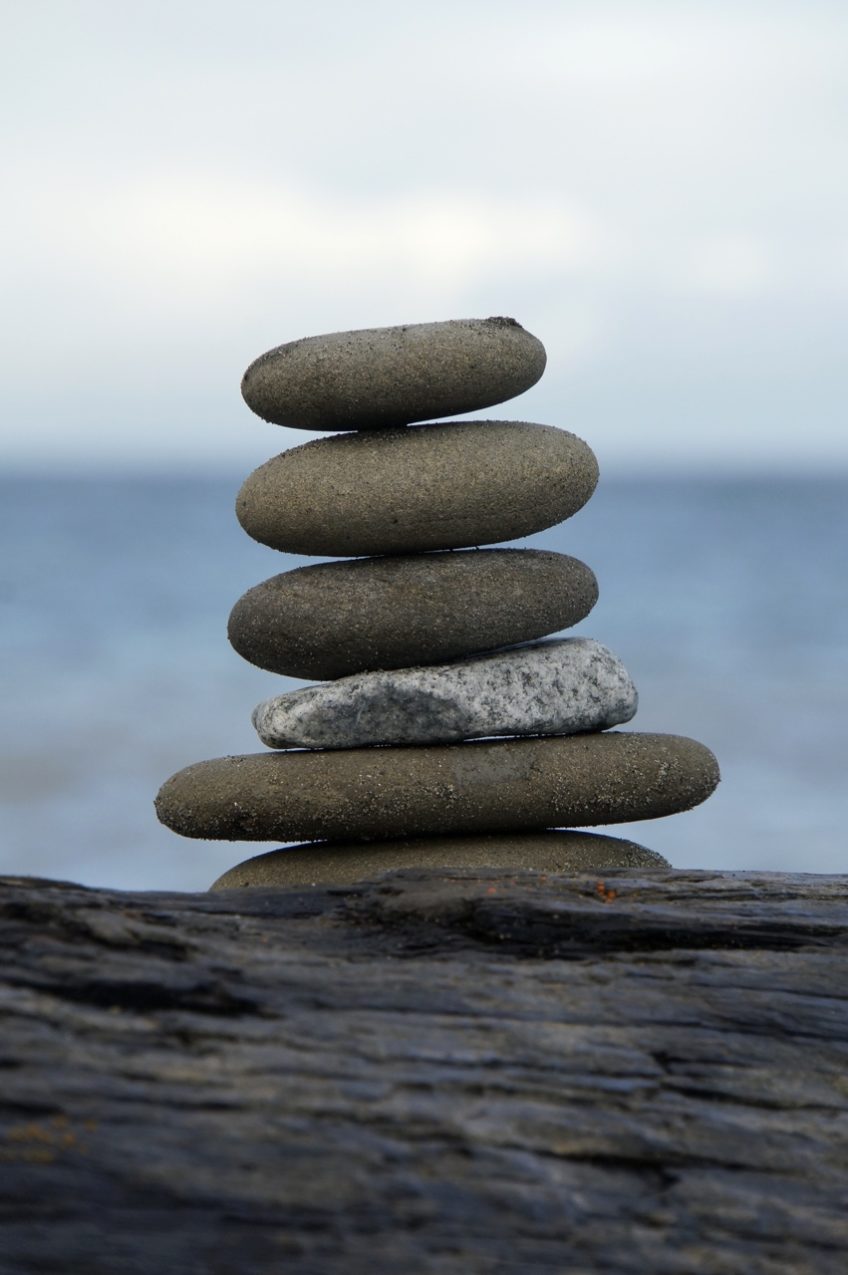An offseason circuit of the National Parks can be relatively tricky to pull off. I have been met with partial failure at multiple turns. In Mesa Verde, none of ranger-led explorations of the kivas were still available. In fact, none of the kivas were open. Period. In Rocky Mountain National Park, the infamous Trail Ridge Road had already been closed for a month by the time I got there. In Glacier, the same road closures forced me to snowshoe Going to the Sun Road, instead of drive it. Unlike many other parks, the main season of Everglades National Park is mid-winter. Late summer is peak season for visiting mosquitos, not visiting humans. I always knew my schedule wouldn’t be perfect… who in their right mind would choose to visit Glacier National Park in the middle of January when fall would undoubtedly be a more hospitable option. Instead of striving for perfection, I opted for a realistic, creative approach to my travels.

Where I have seen the pitfalls of shoulder season travel, I have also seen comparable (if not superior) benefits. In Carlsbad Caverns, I experienced moments of total silence and solitude in a cave system that often bustles with endless lines of people during the summer months. I had the epic sandbox of Great Sand Dunes National Park entirely to myself. In late September, Big Bend teemed with vibrant colors and constant hum of life, but few tourists had traveled that late in the season or that far south. Mid-summer National Park adventures have left me drained and full of wonder about the effect that the masses have on the “wilderness” of the park system. Yosemite Valley in July feels more like a city than a protected natural area. In the off-season, I’ve been overwhelmed by the solitude of these places. I often feel like the only person for dozens of miles. For me, that is far closer to my ideal communion with wilderness than the traffic jams, overflowing campsites, and general din of peak season in the National Parks.
Since beginning my westward trajectory in early January, I have battled a frigid cold front and consistently struggled with blinding snow and low hanging clouds. As soon as I arrived on the Pacific Coast, the icy winds warmed and the snow melted into raindrops. The eternal optimist inside me, however, still hoped that the North Cascades and Olympic Mountain Ranges would be immune from these soggy weather patterns. Waking one morning in Seattle, driving rains reminded of something I had conveniently chosen to forget: This is the Pacific Northwest.

Although I am no stranger to this area, I have mostly experienced this corner of the country during the summer months. That is, of course, when the Pacific Northwest is on its best behavior, showering its inhabitants with much needed Vitamin D. Looking back on my backpacking trips in the Cascades and Olympics, I hardly remember any rain. The weather was the perfect combination of spotty clouds, brilliant sun, and blue sky. It should go without saying that my last few days exploring the Cascades and Olympics were slightly different.

Originally, I had planned to do a set of multi-day trips to the Cascades, Olympics, and Rainier, using Seattle as a base camp due to its ideal location smack dab in the middle. I realized very quickly though, that a circuitous route would allow me to see more of the area and lower the impact on my gas budget. After packing the car in the driving rain, I zipped out of the city, leaving behind the traffic as I turned onto local roads. The North Cascades lie just two hours away from Seattle, so I didn’t have far to go. I cruised over farmlands, alongside turbulent rivers, delving deeply into the magical forests of the Pacific Northwest.

Driving under the canopy of pines wreathed in bright green moss, I couldn’t help but realize how much water this environment holds. It is a sponge. Even after the rain had stopped, the trees continued to drip for hours, watering the dense undergrowth below. The mix of snowmelt and fresh rain added to the torrential rivers cutting deep grooves through the forests. Just past Newhalem, within the limits of the park, I saw a different side of a lake I remembered from my last visit. In the summer, this man-made lake had been a desiccated plain punctuated by tree stumps left behind from its artificial creation. Now, only a few stumps broke the surface of the water. This was a different park than the one I had visited three summers ago.

As in the Rockies, Glacier, and countless other National Parks, my route was cut short by road closures. The town of Newhalem and its hydropower facilities necessitate a certain amount of plowing, but the park service doesn’t clear snow much further into the pass. Soon enough, closed gates blocked my forward progress. This section of the park didn’t leave very many options that I felt wholly comfortable with, so I tested out another old haunt, attempting the road leading towards Cascade Pass. No dice. It too was closed for the season. Running out of options, I soaked myself playing around on a nature trail before hitting the road once more. My fleeting time in the Cascades had been riddled with instances of déjà vu. I couldn’t help but remember those sunny days, smiling faces, and grand adventures in the summer of 2013. Those memories will have to tide me over until I can get back up here!

My hopeful plan was to ditch the rain as I headed towards the coast. I understood the folly in this plan, but I couldn’t help but give it a shot. Guess what? It worked… sort of. Driving due west, I drove from Fidalgo Island onto Whidbey Island. There, I snagged a late ferry over to the Olympic Peninsula. Every part of that drive felt familiar from my 2013 PNW excursion. It is a totally gorgeous drive that weaves in and out of farmlands, over rolling hills, constantly tempting with views of Puget Sound. After hundreds of miles of driving, I ended up just a short ferry ride from where I had begun in Seattle. What. A. Day.


On the advice of my hosts, I kicked off my Olympic Peninsula exploration with a stroll on Dungeness Spit, the longest sand spit in the United States. Massive logs and piles of weathered stone littered the exposed sand bar, stretching far into the horizon. Supposedly, it is also an amazing bird sanctuary. Walking out on the spit, I finally saw the sun peek out from behind the clouds. It was temporary, but truly glorious.


Hoping the sun would return, I rushed towards Hurricane Ridge, another road filled with hairpin turns and expansive views that leads into the heart of Olympic National Park. Luckily, the road was open, although the rangers encouraged all drivers to bring chains along just in case. I was not carry chains, but they didn’t need to know that… As is true of many sections of the Olympics, dense forests permeate the lower elevations, filled with humid clouds. Continuing up Hurricane Ridge, those mists fall away, exposing a new green valleys leading to summits obscured by cloud. Lasting only a few miles, that landscape slowly disappeared into impenetrable clouds of swirling snow. I had reached the upper limits of Hurricane Ridge. Near the top, I found a small chalet that offered skiers and snowshoers a brief respite from the biting winds. After tromping around myself for an hour or two, I too reveled in its warmth and protection. On the way back down, I dropped into a lower gear and marveled at how different the world can seem when you reverse your perspective.


That afternoon, I couldn’t help but worry that the dreary weather would persist, so I hunkered down in a coffee shop to crank out some posts and edit some pictures from the previous day. With a mug of blueberry rooibos steaming close at hand, I worked steadily for a few hours. When I returned to my car, I noticed a pair of soaked Post-Its clinging precariously to my rain-spattered windshield. To my surprise, the woman who I had shared a power outlet with in the coffee shop wanted to grab drinks that night. Delighted, I confirmed the details for that night and headed off for the movie theatre. Normally, I don’t threaten my already thin budget with movies, but The Revenant had garnered far too much Oscar praise for me not to see it. In my family, the Oscars are our version of the Super Bowl, so catching a matinee made all the sense in the world to me. Almost three hours later I left the theatre exhausted. What a grueling film!
After heading into downtown Port Angeles for an night cap, I headed to bed, dreaming of the next day’s adventures on the Olympic Peninsula.
Cascadian Adventures and Olympic Endeavors



One Response
Jean Cronon
I like your attitude of not paying any attention to the weather. You just “Deal with it”. If you have to have perfect weather, you never would have started your mission to visit all the National Parks in the USA. I presume you will go back to Seattle (or have I misread your map?) where you will meet Bill.